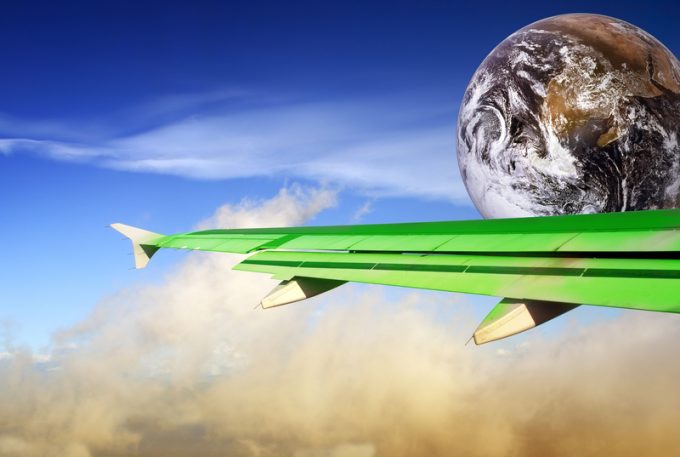CNS: rumours of its demise may be premature
Speculation that the CNS Partnership event may have run its course seems premature. Attended by some ...

Shippers and forwarders have been urged to invest in sustainable aviation fuel (SAF) via a new initiative by Air France-KLM Cargo.
The Cargo SAF programme allows customers in invest in SAF, which will be used to power a percentage of their flights. Customers then receive a third-party audited report showing the reduction in emissions.
The investment is crucial to allow the use of SAF, which cuts some 85% of emissions, to scale up – IATA’s very modest target for 2% penetration of the aviation fuel market by 2025 reveals the lack of focus on SAF, industry-wide.
“Our commitment to reducing CO₂ emissions is one of the cornerstones of our cargo strategy,” said Adriaan den Heijer, EVP of Air France-KLM Cargo & MD of Martinair.
“The launch of a SAF programme for airfreight is an important step in our ambitious sustainability roadmap for the coming years. I invite all our customers to join us in creating a more sustainable cargo future.”
AF-KLM said investing in SAF, a first step towards carbon-neutral flights, was a primary instrument in cutting CO2 emissions. SAF, which is not widely available, costs two-to-three times as much as ordinary, fossil-based fuel, but the hope is that with sufficient investment, the price could drop.
“Your investment will help to further develop SAF and the market for SAF, but also to put SAF higher on the agenda of all stakeholders.” said the carrier.
“This new programme will enable us to team up with shippers and forwarders who share our commitment to sustainability, making SAF more widely available at a more reasonable price, competing with standard jet fuel.
“By participating in the Cargo SAF Programme, our customers will not only reduce the carbon footprint, but also demonstrate great leadership and responsibility towards a more sustainable future. After all, we can only successfully develop a market of SAF with the support of all industry stakeholders.”
Currently, aviation accounts for just 2-3% of man-made carbon emissions. But while heavy industry, which accounts for about 36%, has viable alternatives, aviation currently does not. That means in a few decades aviation will account for about 20% of all man-made carbon emissions.
The first commercial flight using SAF was in 2011, and very little of the fuel is made, with currently only one production site. But KLM, together with partners, is building a SAF-dedicated plant to produce its own, scheduled to open in 2023 in the north of the Netherlands.
However, one independent forwarder told The Loadstar: “If traders really care, then they should source locally, avoid air cargo altogether and use other, more carbon-friendly modes. Or, charge it as a surcharge and make the whole industry pay, like the shipping lines did.
“This crowd-funding nonsense is a silly way to approach it, a PR stunt.”
However it seems likely that the multinationals, keen to show they are reducing carbon emissions – while also enjoying the profits from air freight – may take the plunge.
The most common SAF can be used in existing fleets in a 50% blend with jet fuel. The most common production pathway is hydrotreated esters and fatty acids (HEFA), where feedstocks (like vegetable oils, waste oils and used cooking oil or fats) are deoxygenated and then hydroprocessed to produce a pure hydrocarbon fuel blending component.
Comment on this article